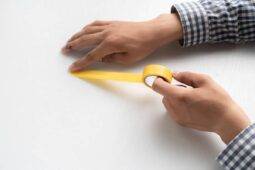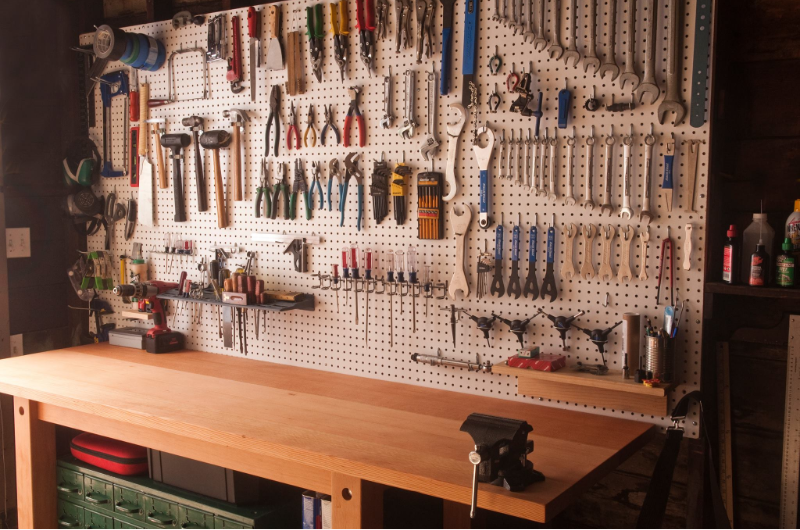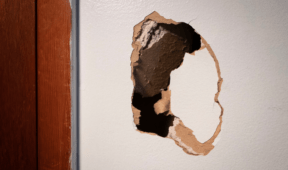Dishwasher Tips That Will Save You Money (And Save Your Dishes)
A dishwasher is meant to make life easier, but using it the wrong way can lead to higher bills, damaged dishes, and overall greater stress. Thankfully, there are a few things you can do to avoid those issues. These tips focus on practical changes you can make right away that will result in better cleaning, lower costs, and fewer replacements.
1. Run It at Off-Peak Hours
Many energy providers charge more during the day and less at night. If your utility plan has off-peak rates, running your dishwasher later in the evening or early morning can help cut electricity costs significantly. Most modern dishwashers have a delay-start button too, meaning you can set it to automatically run at whatever time you choose. Over a month, those small savings add up, and your dishes are ready by the time you wake up or start your day.
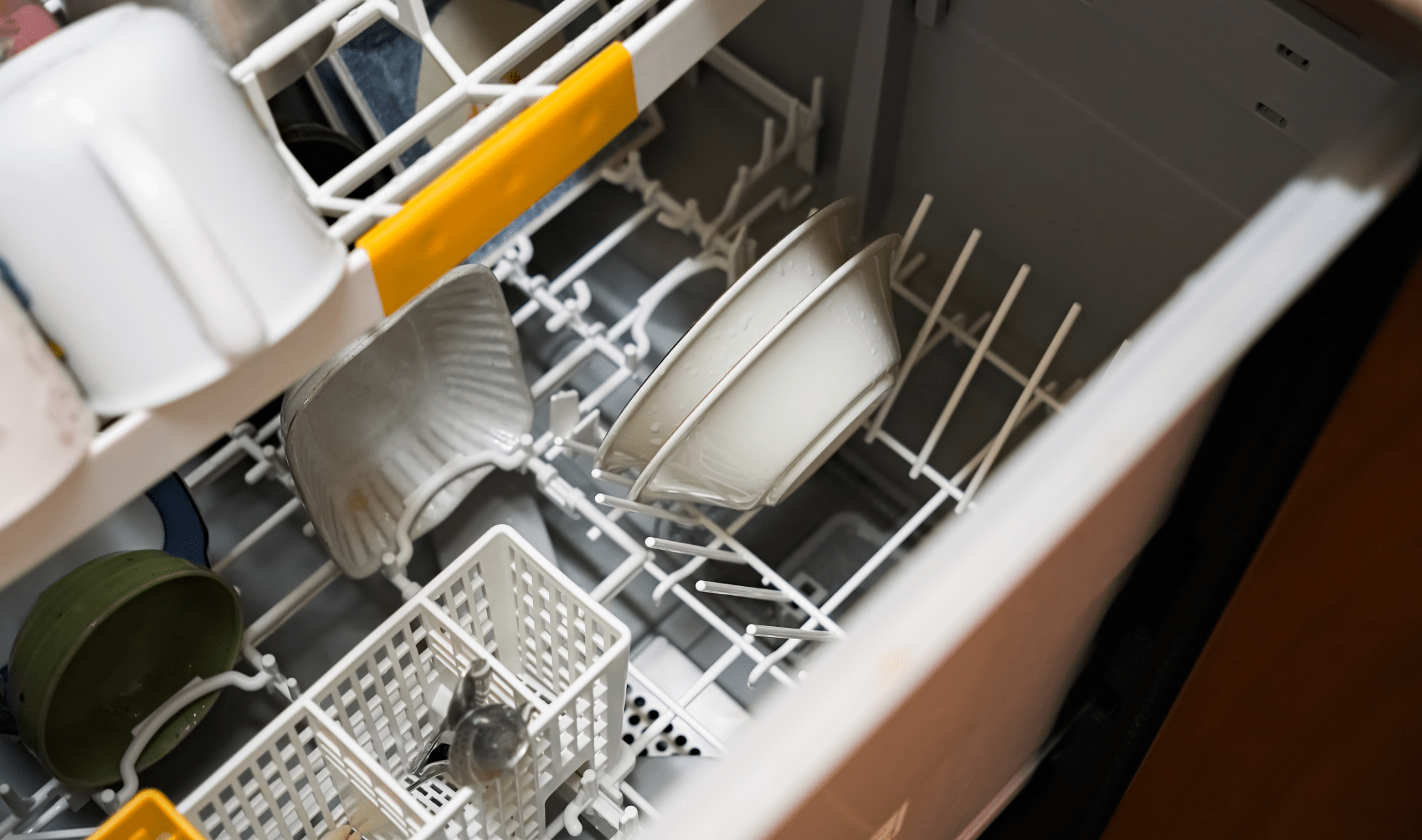
2. Avoid Overusing Rinse Aid
Rinse aid is helpful for drying and spotting, but using too much wastes money and can damage delicate glassware over time. Most dispensers let you adjust how much is released during each cycle. Setting it lower is often enough to get the benefit without overcoating dishes. If your water isn’t especially hard, you may not need much at all. Check your settings before you start automatically refilling at max levels.
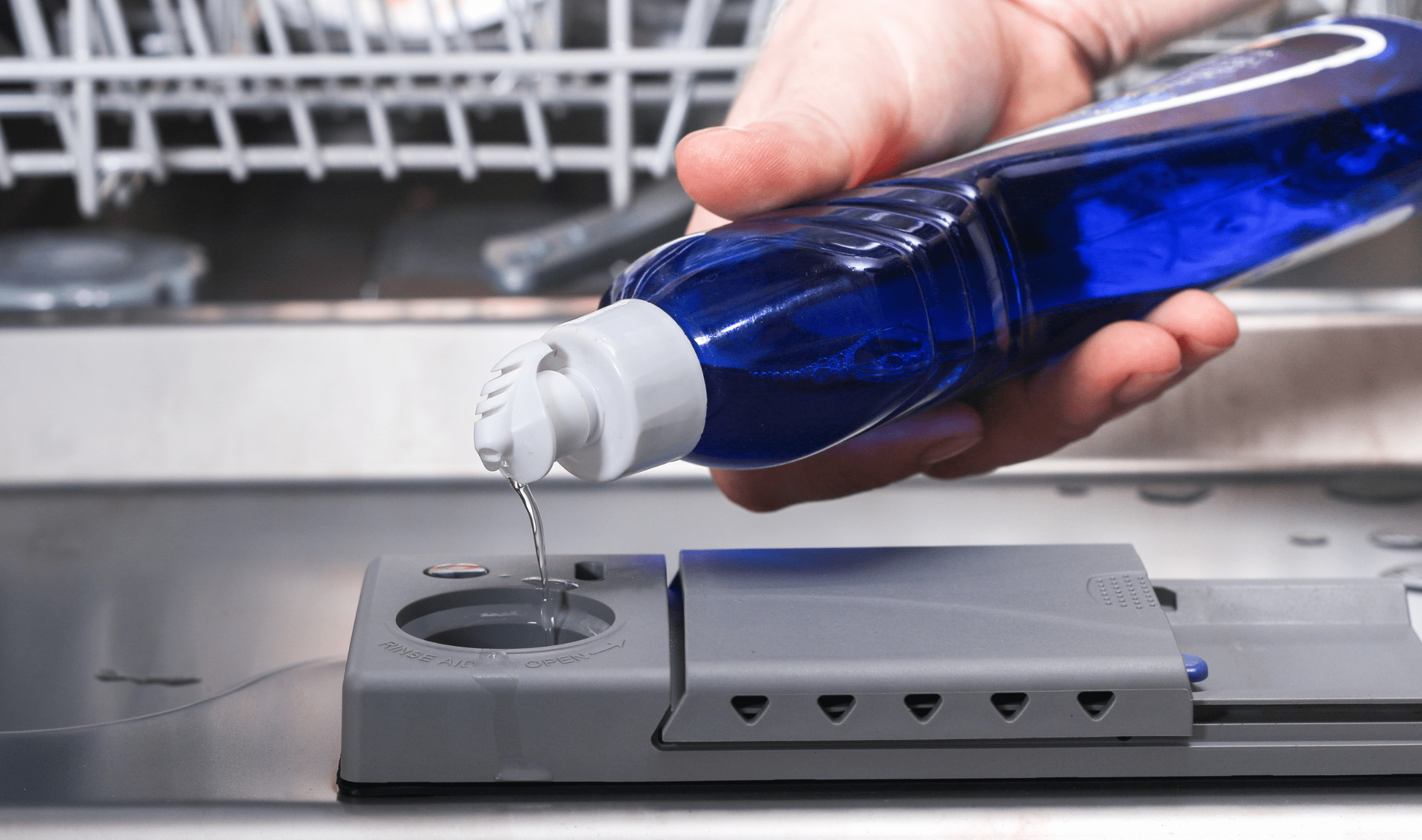
3. Check Water Temperature
Dishwashers work best with water that’s hot enough to sanitize but not so hot that it harms items or stresses seals. Around 120°F is usually ideal. If your water heater is set too high, you’re paying extra to heat water unnecessarily, and your dishes may suffer if they’re sensitive to high temperatures. Too low, and you risk cloudy residue or even leftover bacteria. Check your home’s water heater, your dishwasher’s settings, and the cleaning instructions on your favorite cookware to see what you should adjust.
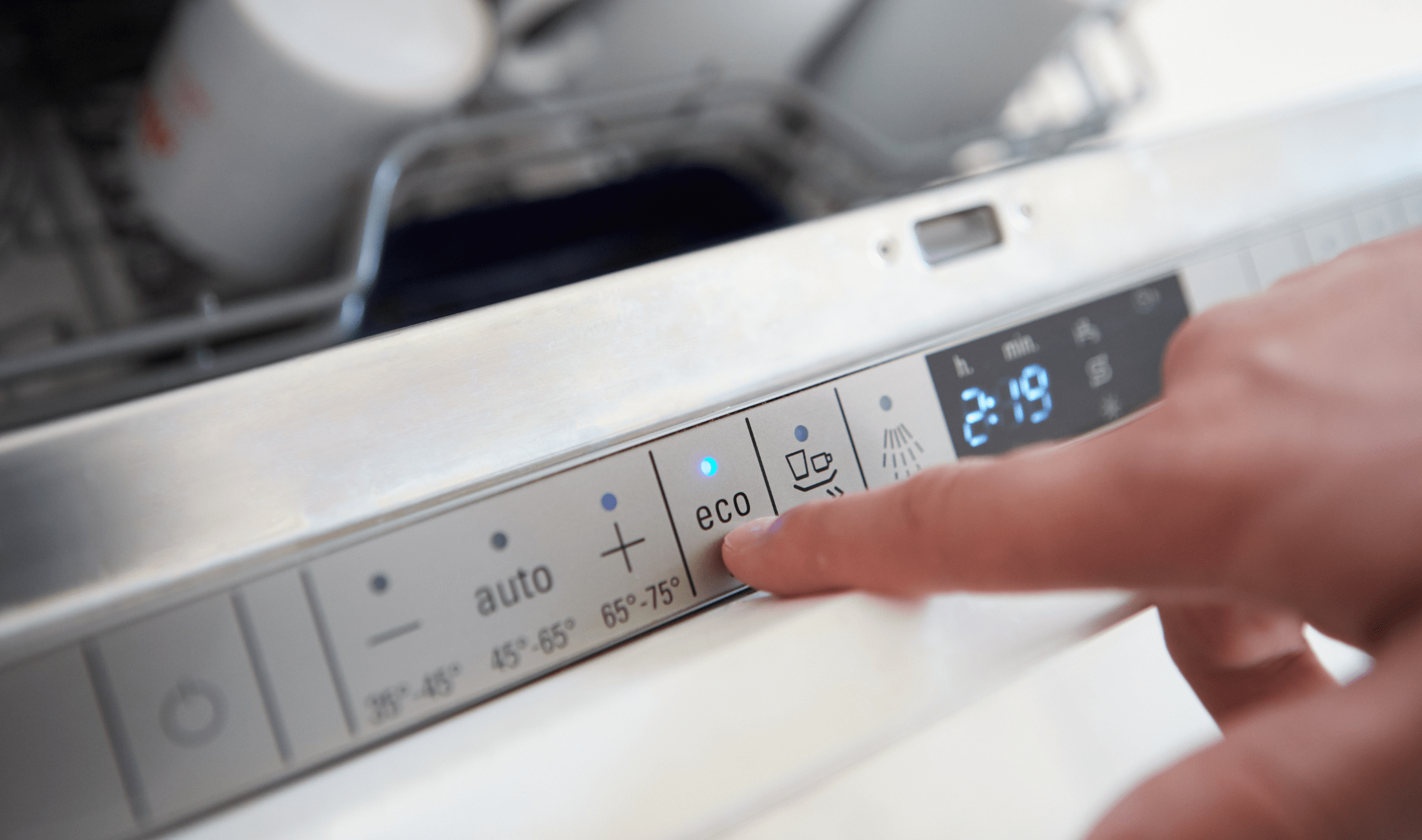
4. Use Short “Rinse and Hold”
If dishes will sit for a couple of days before a full load, the short rinse cycle keeps food from hardening without using a full wash. Many people forget this option even exists and end up hand-rinsing instead, which wastes far more water. The key is not to overuse this setting. Think of it as an occasional tool, not an every-night habit. When done right, it prevents rewashing and avoids unnecessary buildup.
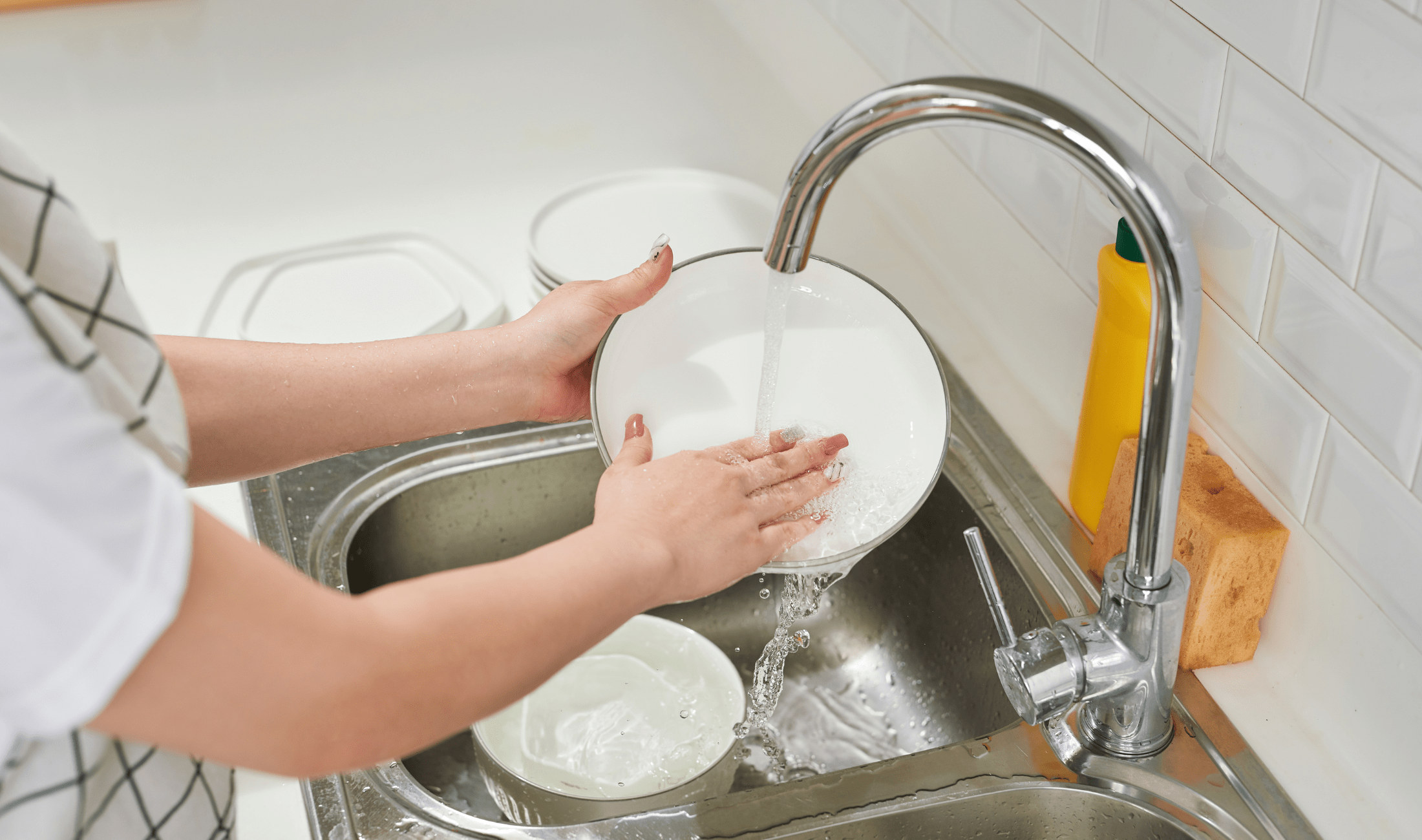
5. Don’t Mix Metals
It’s common to load stainless steel utensils alongside silverware, but when they touch during a wash, they can react with one another and tarnish. The result is dull or damaged cutlery that may need replacing sooner. To avoid this, keep silver separate, or at least spaced apart from stainless items. Adding this layer of care when loading your dishwasher can extend the life of your flatware, saving you the cost of replacing ruined pieces.
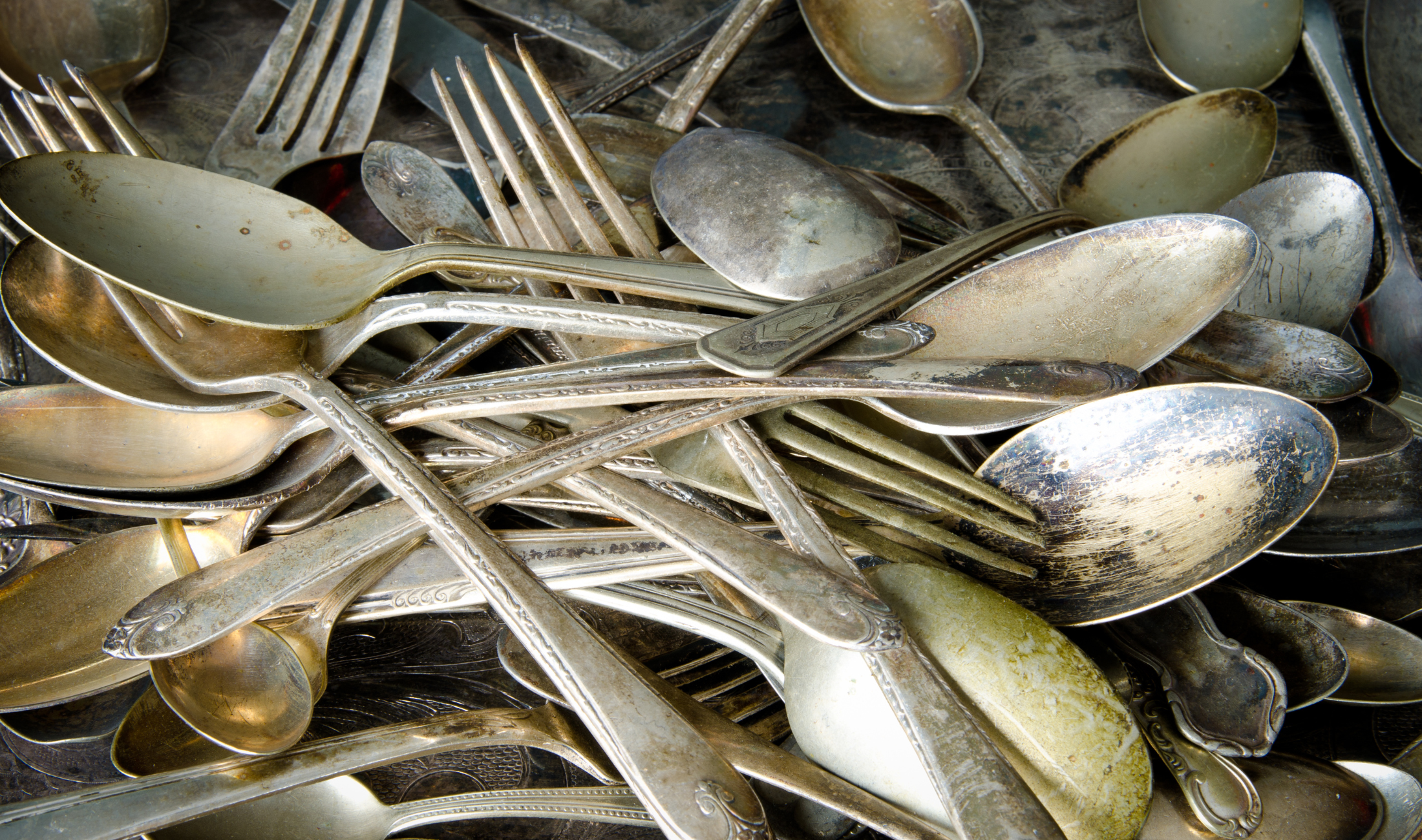
6. Run Hot Water Before Starting
Dishwashers fill with whatever water is in the pipes. If it starts cold, the machine has to work harder to heat it, and the first minutes of washing are less effective. Run your kitchen tap until the water is hot, then start the dishwasher. This ensures it fills with ready-to-go hot water, improves cleaning on the first pass, and avoids wasted energy from longer heating inside the appliance.
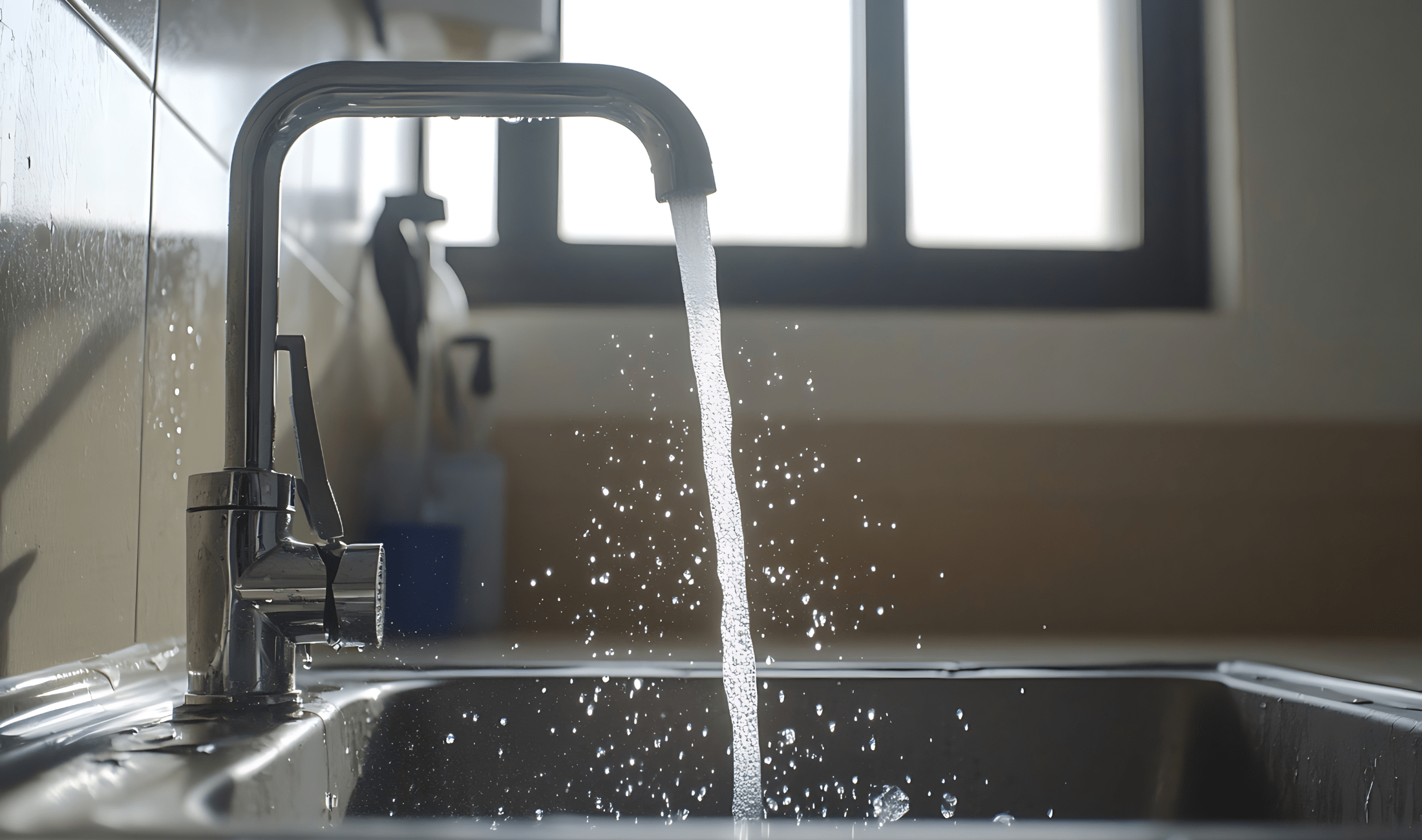
7. Watch for Hard Water Buildup
Hard water leaves mineral deposits that reduce cleaning power and force your dishwasher to work harder. Over time, it can even clog spray arms or dull glassware permanently. Using a water softener product occasionally, or adding a splash of vinegar to an empty cycle, keeps that calcified buildup under control. Ignoring it means higher energy use, cloudy dishes, and more frequent replacements. Prevention costs less than dealing with long-term damage.
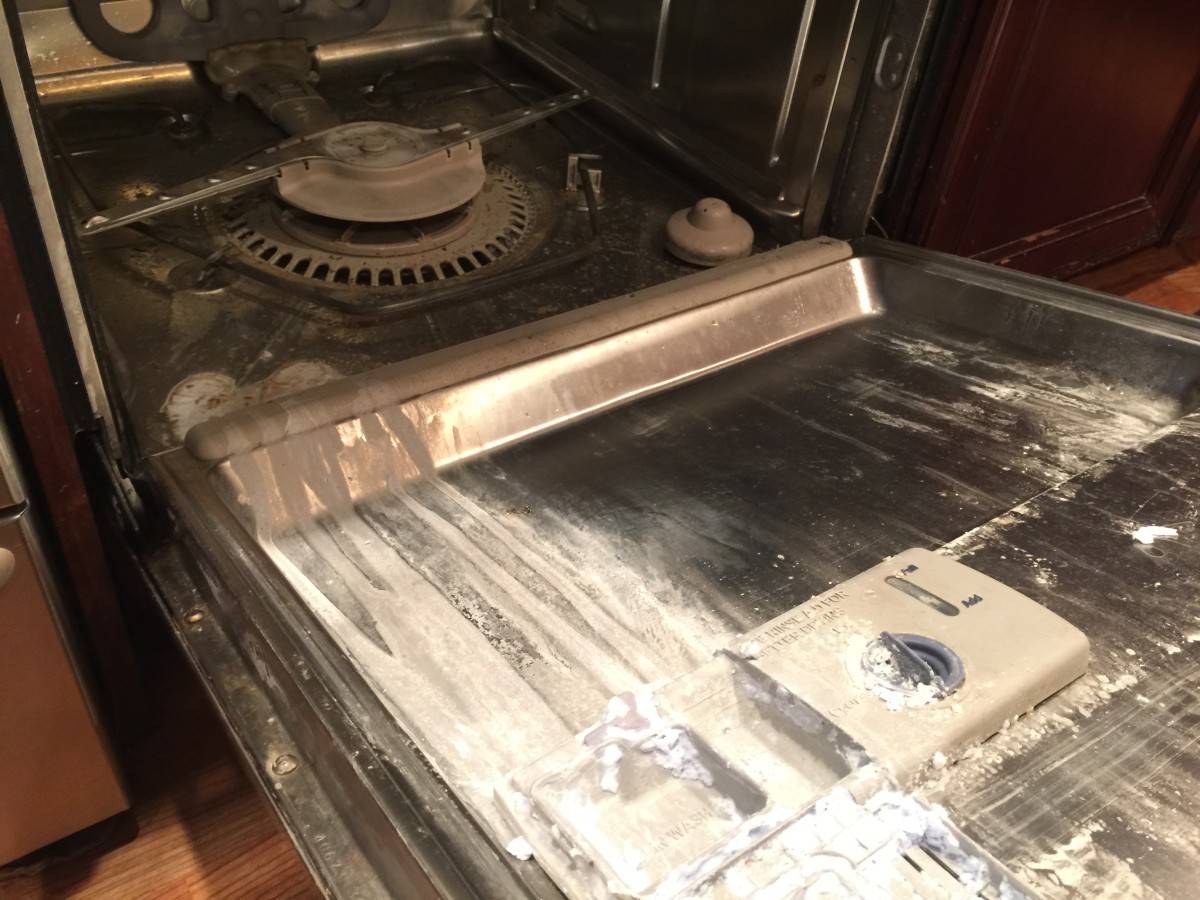
Related Articles
- You’ve Been Using Your Dishwasher Wrong This Whole Time
- Never Put These 5 Items In The Dishwasher
- Genius Dishwasher Hacks That Go Beyond Cleaning Plates
The less obvious choices often save the most in the long run. These choices are easy to apply, cost nothing or very little, and extend the life of both your dishes and your machine. The next time you load up, keep these details in mind for cleaner results and lower bills.

